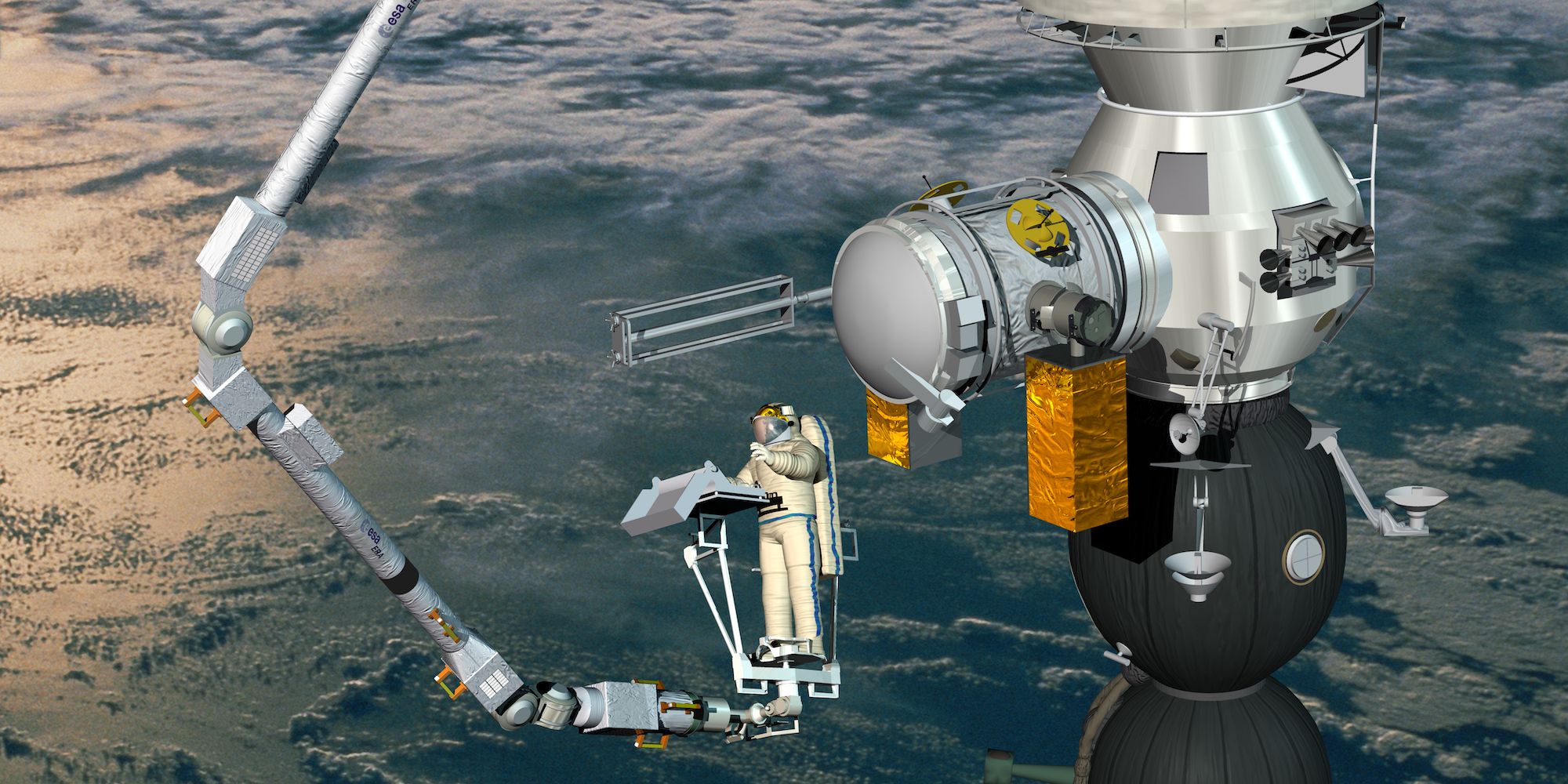Related
The new European Robotic Arm ( ERA ) by the EuropeanSpaceAgency ( ESA ) has completed its first transport of an aim accompany cosmonaut instruction in the International Space Station . Many tasks are perform automaticallyby machinelike weaponry on the ISS . They can be controlled directly or programme in advance to double-dyed action at law . There are two other robotic branch aboard the International Space Station – Canada ’s Canadarm2 and Japan ’s Nipponese Experiment Module Remote Manipulator System .
The robotic branch from Canada and Japan were fully operational on the International Space Station , performing an fighting role in the process of berthing visiting vehicles , regular place maintenance checks , and latch international payloads . However , they were unable to accessthe place ’s Russian orbital segment . Various forms of base points and payload mount unit interdict their use in other areas of the ISS . As a issue , the ERA entered the scene to service the Russian segment . The European Robotic Arm ( ERA ) is the first robot with the power to ' walk ' around the Russian incision of the ISS .
Related : ISS Sustainability Challenge Winners assay To Combat Plastic Pollution

team in Moscow , Russia , and ESA ’s control room in the Netherlands monitored the ERA ’s moves on Aug. 24 . During the first motion , Russian cosmonaut woke the robotlike arm from hibernation , poke out it , and go a small-scale suitcase - sized load from one side of the Nauka Multipurpose Laboratory Module and reinstalled it in its original place . ERA die back into hibernation after the process , which engage about six hours to fill out . The tryout evince that theEuropean Robotic Armcan relocate and door latch payloads outside theRussian section of the ISSwith a preciseness of 5 mm . geological era resemble a human arm in many ways . Elbows , shoulders , and wrists are all present and accounted for . The 11 - cadence full-bodied European robotlike limb has a maximum payload content of eight tonnes , and it can endure temperatures ranging from -150 to 120 Anders Celsius .
Completing An Incomplete Task
On Sept. 2 , cosmonauts Oleg Artemyev , commander of Expedition 67 , and Denis Matveev , flying engineer , began a spacewalk . The aim was the integration of ERA on the Nauka laboratory by reach the Poisk tying up compartment airlock hatch . The external control panel of ERA was moved from one working area to another . astronaut also tested a way to make the limb stiffer , so it would be easier to grab payloads .
The spacewalk completed the job of the previous spacewalk on Aug. 17 , which was shortened when Atemyev ’s Orlan spacesuit display strange battery readings a few 60 minutes into the extravehicular operation . Artemyev and Matveev installed a pair of camera on the weapon system and removed components from the conclusion effector of ERAbefore end the spacewalk . performance outside the Space Station will be inspected with the supporter of these infrared cameras . cosmonaut in the Russian segment of the ISS will be capable to make unnecessary time and sweat during space post maintenance with the assist of ERA .
In mid - September , a ' Performance delegacy ' will be channel by the space engineers of the European Space Agency ( ESA ) to test the sleeve ’s capability to its limits . During the mission , the efficiency of the brakes , joint move , and the arm ’s force control will be judge . Meanwhile , team on the ground will alsoanalyze the tone and resolution of the imagescaptured by the robotic arm ’s cameras . These cameras on theERA ’s cubitus will also be used to guide trading operations even during the orbital night .

Source : ESA



